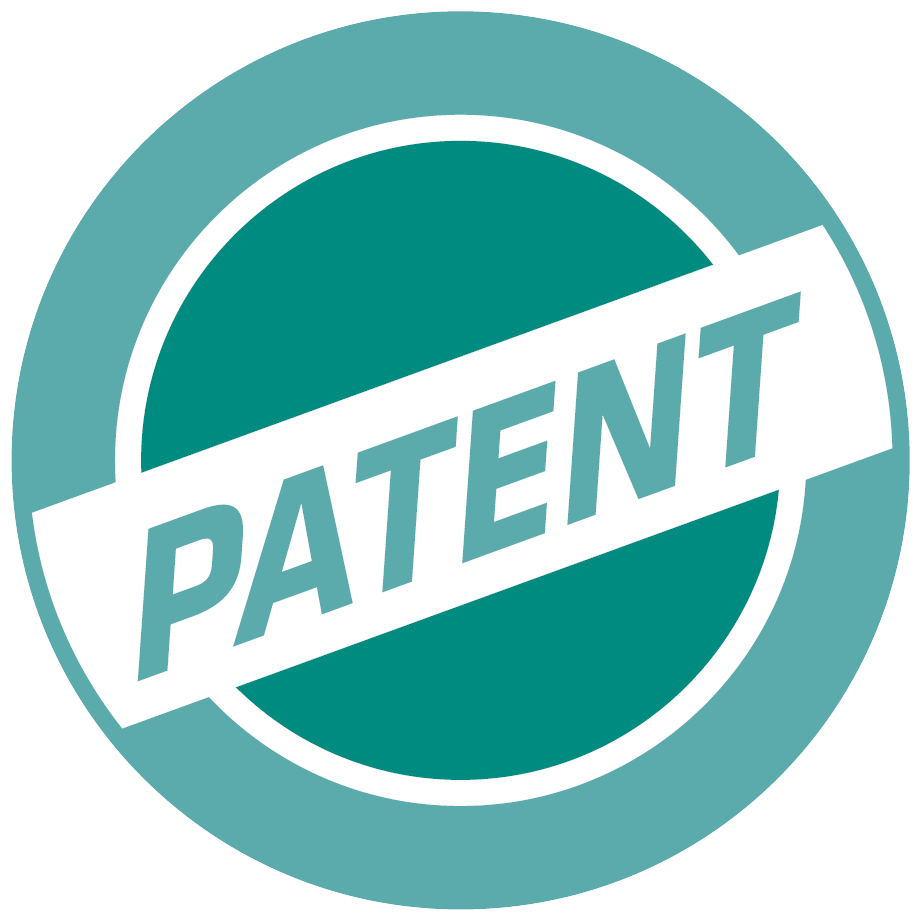First Publication Date: 27th January 2010.
Patent infringement analysis is one of the key studies that may be carried out under various scenarios. Some of them being:
- Proactively ensuring that they don’t violate third party IP, by carrying out this study at product development stage
- When sued by a competitor on the grounds of infringement of their patent rights
- Patent holders constantly monitor competitors’ products to check whether competitors’ products are infringing their patent, and take necessary actions to enforce their rights
In all the above scenarios, the analysis part is carried out using well established doctrines corresponding to direct infringement and equivalence (doctrine of equivalence), among others. However, there is a difference between the first scenario and the last two scenarios w.r.t. the background work that has to be performed before arriving at the analysis stage. In the last two scenarios the patent of interest is already known, however, in the first scenario we have to identify patents that may be potentially infringed.
Identification of patents that may be infringed is easier for jurisdictions such as US and Europe when compared to India. Patents filed in countries such as US and Europe are easily available online and there are various databases (paid and free) that provided pretty decent interface to search for the same. However, same is not the case with India patents. In the recent past we have seen efforts being made by the Indian Patent Office to make patent data available online. However, at present only bibliographic data of granted patents is available online and it complexity of the search query it can handle is not something that can be written home about. Same is the case with patent applications, only bibliographic data is available, and when I last checked only patent applications published prior to 2005 were not available online.
Hence, when an online search for Indian patent documents is carried out and patents documents are shortlisted for analysis based on the bibliographic data, there always lies an element of risk of missing out on some key patents. The only option I can think of to address this issue is to physically look into patents journals that are there at the patent office, which in my opinion may not be feasible for many companies, in light of the effort that is required to carry out such an search and the resources required.
Hopefully the IPO realises this shortcoming and catches up with patent offices, such as, USPTO and EPO.




0 Comments
Sandeep Hegde M.
Hi,
A search in the patent databases has to be conducted in order to know if your idea is already patented. The search can be conducted in free databases like USPTO or google scholar but for a detailed search you have to contact professionals.
Anonymous
I want to check whether my idea already exists or not. What should i do??